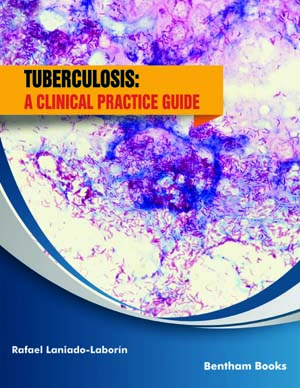Abstract
Mycobacterium tuberculosis (MTB) is the primary etiological agent of tuberculosis in humans (since the disease may be due to other mycobacteria of the MTB complex such as M. bovis). It belongs to the order of the Actinomycetales and the Mycobacteriaceae family. It is a bacillus that lacks capsule or flagella and does not produce spores or toxins; it measures 0.5 by four microns. Its generation time is prolonged (up to 24 hours). It is an aerobic bacillus that, if necessary, can persist under anaerobic conditions.
It has a cell wall of extremely complex composition, with great strength and thickness, constituted up to 60% by lipids, generally known as mycolic acids that form complexes with polysaccharides such as arabinogalactan and peptidoglycan; these lipids determine their resistance to discoloration by alcohol-acid after they have been stained with carbol fuchsin (hence the term acid-fast bacilli acid or AFB). A distinctive feature of the MTB cell wall is its content of N-glycolimuranic acid instead of N-acetylmuramic acid found in most bacteria.
The unusual cell wall of MTB also allows it to survive initially in the macrophage. The cell wall also constitutes a robust and highly impermeable barrier to harmful compounds and drugs. MTB can sense when the local tissue conditions are inadequate for survival (low oxygen tension and nutrient depletion), as in the macrophages and granulomas, responding by the activation of a dormant state, in which the bacilli stop multiplying, down-regulates its metabolism and activates anaerobic metabolism.
Keywords: Acid-fast bacilli, Granulomas, Mycobacterium tuberculosis, Mycolic acids.






















